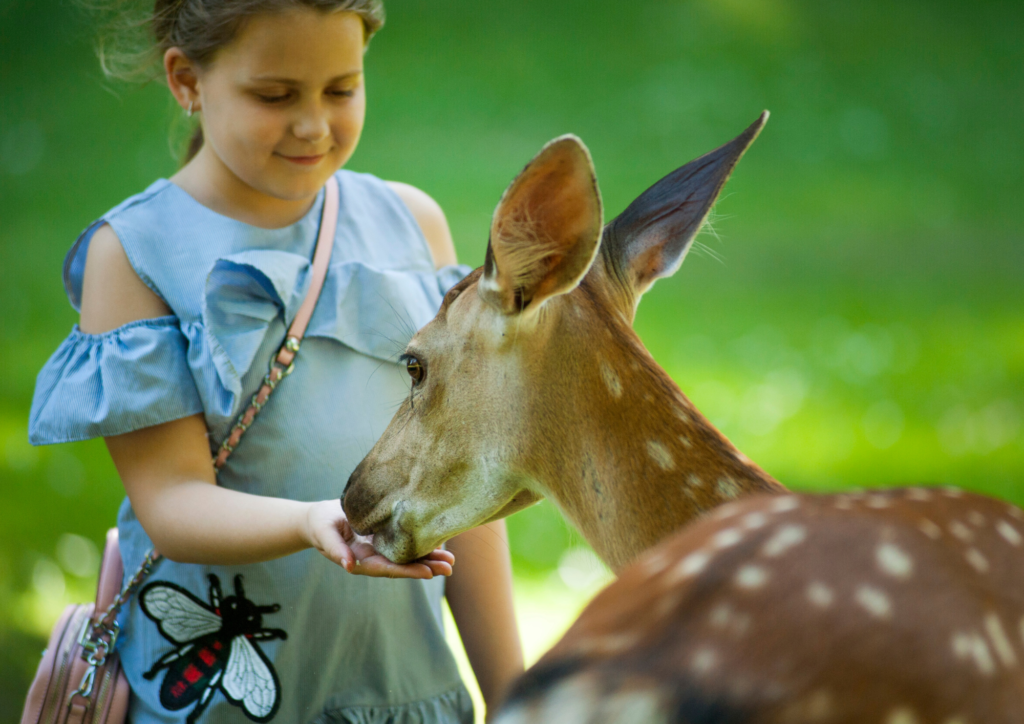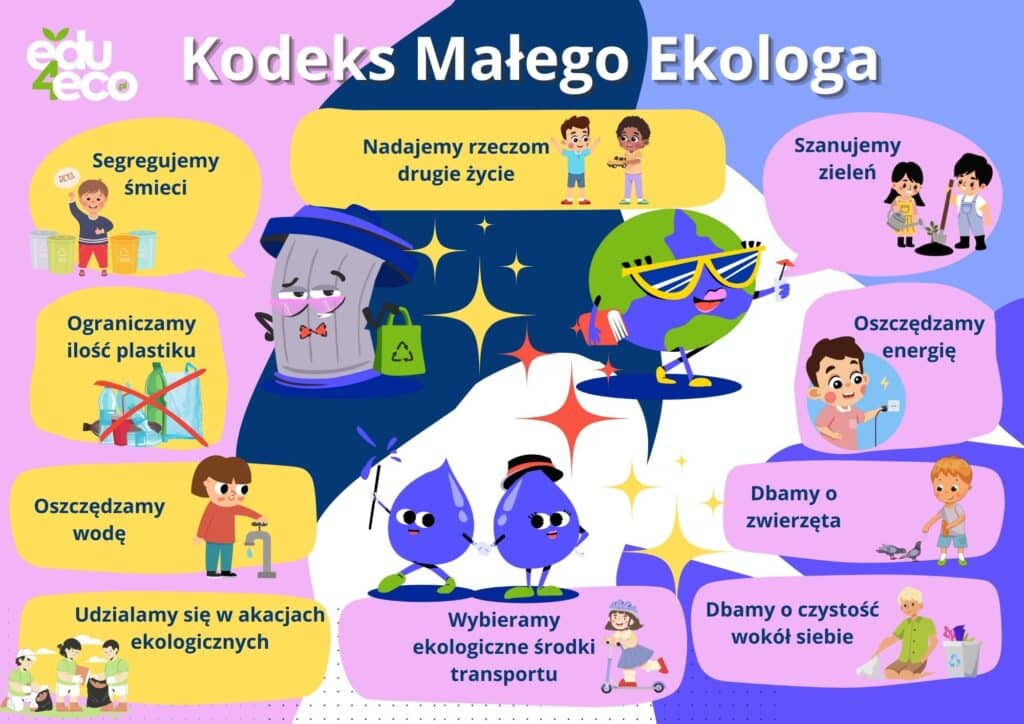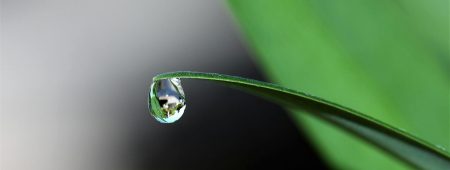How to teach children to care for the environment? Guide to the Little Ecologist's Code
In times of climate change and increasing environmental pollution, any action to protect our planet is of great importance. And why not start the fight for a better and cleaner tomorrow by involving those most affected - the youngest?
In times of climate change and increasing environmental pollution, any action to protect our planet is of great importance. And why not start the fight for a better and cleaner tomorrow by involving those most affected - the youngest?
Today I come with a challenge for both parents and pre-school and school teachers. We want to encourage the creation of a Little Ecologist's Code with children - an initiative that introduces children to the world of ecology in a simple but effective way and teaches them responsibility for the environment. The Code can become the foundation for building healthy pro-environmental habits and reinforcing the awareness that each of us has an impact on the state of our planet.

Why create a Little Ecologist Code?
Creating the Code is a great opportunity for teachers, parents and children to work together on valuable principles that not only educate, but also integrate the community around a common goal - environmental protection. By involving children in its creation, we develop in them a sense of responsibility for their own actions and show them that even small changes in everyday life can contribute to improving the condition of our planet.
How to create a Little Ecologist Code?
The code can take the form of a poster, card or booklet on which simple rules are written. Alternatively, there could be a competition between children and parents, where everyone can submit their own proposals. It is important that the development of the code is a creative, engaging process in which children actively participate.
It is a good idea to organise a workshop where children and adults think together about what actions they can take on a daily basis to protect the environment. The code can be discussed in groups and the children can also prepare illustrations for each rule.
Examples of rules that can be included in the Little Ecologist Code
- Saving water.
- Turn off the tap when washing hands and teeth.
- Choosing a shower over a bath.
- We save energy.
- We turn off the light when we leave the room.
- We use natural light whenever possible.
- Segregating rubbish.
- We learn what waste to put into different bins.
- We respect the greenery.
- Plant plants in the garden, on the balcony or in the classroom.
- We care for animals.
- We feed birds in winter and create shelter for them in summer.
- We try not to make noise in areas where animals live.
- We choose environmentally friendly modes of transport.
- We walk, cycle or scoot or use public transport whenever possible.
- We are informed consumers
- Avoid plastic, choose reusable bags.
- We take care not to waste food.
- We are reducing the amount of plastic.
- We take cloth bags for shopping.
- We use a bidon instead of buying water in plastic bottles.
- We take a breakfast bag to school and on trips instead of disposable bags.
- We take care of the cleanliness around us.
- We keep our surroundings tidy, picking up rubbish that someone may have left behind.
- We participate in environmental actions.
- We are involved in initiatives such as world clean-ups and environmental picnics.
- We give things a second life.
- Instead of throwing away old toys, clothes or books - we sell them or give them away to others.

Common objectives and implementation of the Code
The Little Ecologist Code is not just a list of rules. To make it effective, discuss it regularly, organise workshops and involve children in ecological projects such as planting trees, cleaning up parks or creating mini gardens. Each point of the Code can be implemented by the children and then evaluated together - what has been successful and what can be improved.
Code as an inspiration for further action
The Little Ecologist Code is not only a starting point for pro-environmental activities, but also an inspiration for shaping social attitudes related to caring for the planet. It teaches children how to influence the world around them in a simple way, how to care for natural resources and how to be a responsible citizen of the Earth.
Let the Little Ecologist Code be a motivation for all of us to act to protect the environment - from an early age. It is an opportunity to build habits in children that will contribute to protecting the planet and a better future for generations to come.
Remember: small steps lead to big changes!
In these times of climate change and increasing environmental pollution, any action to protect our planet is of great importance. So why not really start the fight for a better and cleaner tomorrow with those most affected, the youngest?
Edu4Eco ecologist



